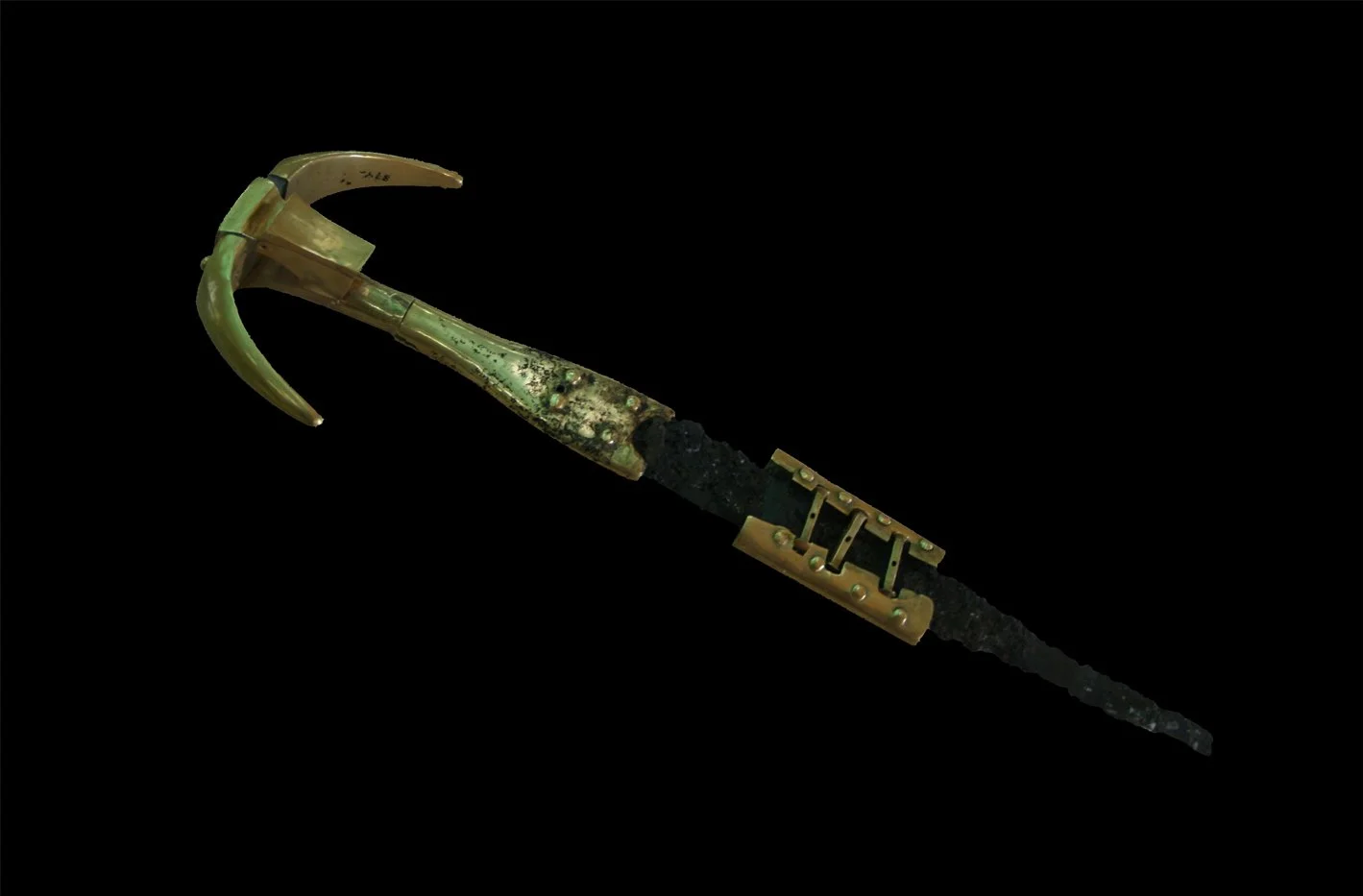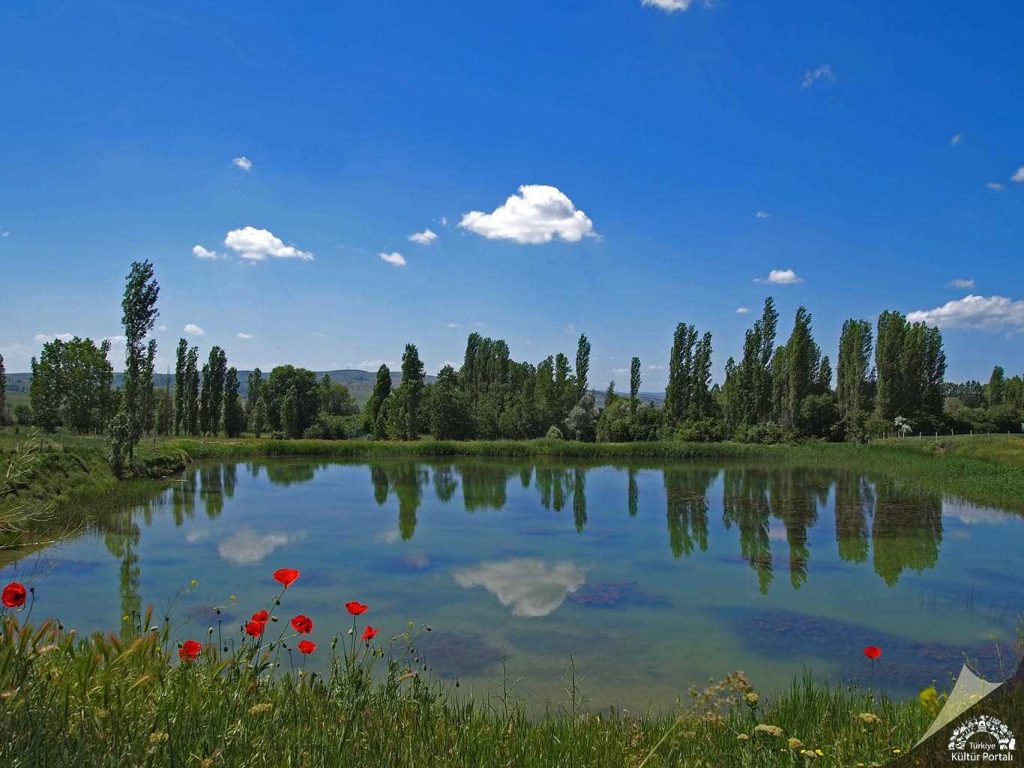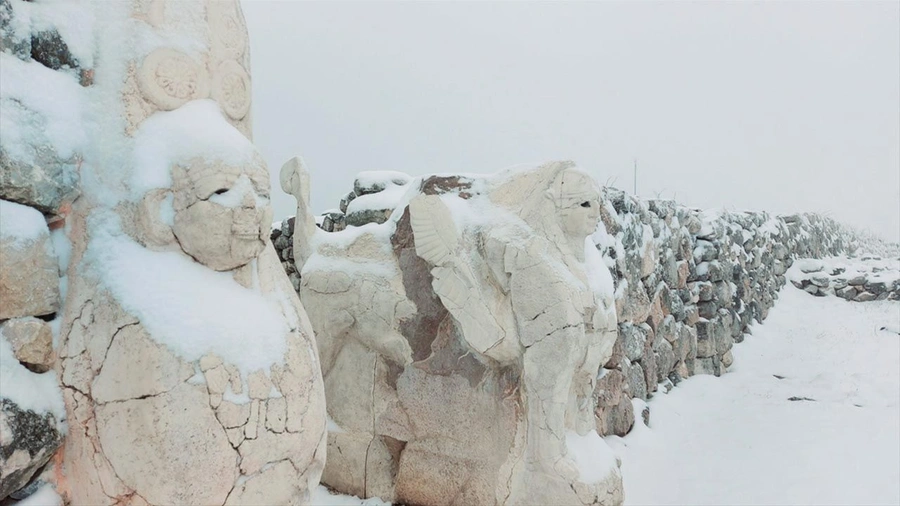
The Hittites’ famous gold-hilted iron dagger was forged from iron with extraterrestrial origins
The Hittites, the biggest player on the Anatolian civilization stage, were also a pioneering society in the processing and use of iron. The gold-hilted iron dagger found during the excavations at Alacahöyük was the best example of Hittite ironworking.
The dagger is also an important discovery because it is a dagger forged from iron with extraterrestrial origins.
Alacahöyük, like the Hittite capital Hattusa, is located in the village of Alacahüyük in Çorum. It has a history dating back to 5000 BC. It is an important cultural and artistic center that has hosted different civilizations.

Excavations at Alacahöyük were started in 1935 by Prof. Dr. Remzi Oğuz Arik.
📣 Our WhatsApp channel is now LIVE! Stay up-to-date with the latest news and updates, just click here to follow us on WhatsApp and never miss a thing!!
Alacahöyük, an important cultural and artistic center of the Hittites, hosted 4 civilizations. In the excavations that have been going on for about 70 years, finds and structures belonging to the Late Chalcolithic Age, Bronze Age, Hellenistic, Roman, Byzantine, Seljuk-Ottoman periods have been unearthed.
Among the best examples of these structures are the Hittite Sphinx Gate, King Tombs and the Open Air Temple.
The Hittites were one of the pioneering civilizations in the use of iron.
Iron ore was the most important substance for states during and after the Bronze Age. So much so that the Hittites would make their thrones for their great kings out of iron, not gold, and would say “The Great Hero King sat on his iron throne”.

It is known that the Hittites started to use iron weapons and tools. The use of iron led to a significant increase in the military power of the Hittites. Swords, spears and arrowheads made of iron are much stronger and sharper than bronze weapons. In this way, the Hittites became more advantageous in wars.
Iron resources were limited to meteoric iron, a remnant of an early universe precursor disk found in iron meteorites made of the elements iron and nickel. Iron meteorites are thought to have originated mainly from M-type (aka M-class) asteroids, the remaining cores of early protoplanets during the early formation of our solar system.
The Hittites were the most advanced iron smelting society of the period.

Between 1935-39, archaeologists excavating the Hittite settlement of Alacahöyük discovered a meteoric dagger with a gold hilt.
The dagger was dated to between 2400 and 2300 BC in the Bronze Age.
In 2012, an X-ray fluorescence (XRF) study of the blade determined that iron and nickel with trace amounts of cobalt were the main components of the blade, with trace amounts of Ca, Zn, As and Sr due to iron corrosion.
The study concluded that the dagger was manufactured using meteoric iron, which was confirmed in a 2017 geochemical analysis published in the Journal of Archaeological Science. This predates the start of the Iron Age by about 1,000 years in Anatolia and the Caucasus, where the Iron Age began around 1300 BC.
Cover photo: Noumenon – CC BY-SA 3.0 DEED
You may also like
- A 1700-year-old statue of Pan unearthed during the excavations at Polyeuktos in İstanbul
- The granary was found in the ancient city of Sebaste, founded by the first Roman emperor Augustus
- Donalar Kale Kapı Rock Tomb or Donalar Rock Tomb
- Theater emerges as works continue in ancient city of Perinthos
- Urartian King Argishti’s bronze shield revealed the name of an unknown country
- The religious center of Lycia, the ancient city of Letoon
- Who were the Luwians?
- A new study brings a fresh perspective on the Anatolian origin of the Indo-European languages
- Perhaps the oldest thermal treatment center in the world, which has been in continuous use for 2000 years -Basilica Therma Roman Bath or King’s Daughter-
- The largest synagogue of the ancient world, located in the ancient city of Sardis, is being restored











Leave a Reply